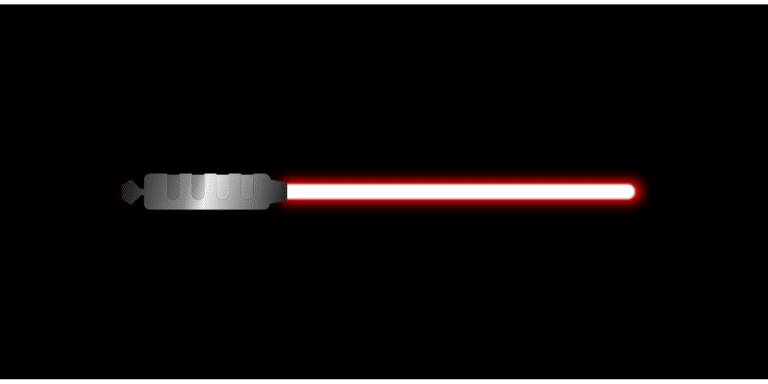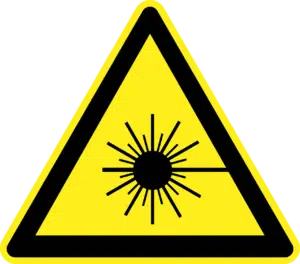Оглавление
Investing in a Laser Marking Machine is a significant decision for businesses across various industries. The right choice can enhance efficiency, precision, and overall productivity. Here are crucial factors to consider when selecting a laser marking machine:
1. Laser Technology and Wavelength
Different applications require specific laser technologies and wavelengths. CO2 lasers are ideal for organic materials, while fiber lasers excel with metals and plastics. Understand the material you’ll be marking and choose a machine with a compatible laser source and wavelength for optimal results.
2. Power and Pulse Frequency
The power and pulse frequency of a laser marking machine determine its marking speed and depth. Consider the production requirements of your application. Higher power and pulse frequency are advantageous for faster and deeper markings, but it’s essential to balance these factors based on your specific needs.
3. Marking Area and Field Size
Evaluate the size of the items you’ll be marking and choose a machine with an adequate marking area. Ensure the laser marking machine can accommodate the range of products you work with, preventing limitations on the size and dimensions of your materials.
4. Precision and Accuracy
Precision is a critical aspect of laser marking. Assess the accuracy of the machine, especially if your applications involve intricate details or small components. Look for features like high-resolution optics and advanced focusing systems to achieve precise and accurate markings.

5. Ease of Use and Software Compatibility
Choose a laser marking machine with an intuitive user interface for ease of operation. Compatibility with industry-standard design software ensures a seamless workflow. User-friendly software allows for efficient programming, setup, and customization of markings according to your specific requirements.
6. Speed and Throughput
Production efficiency is often determined by the marking speed of the machine. Consider the throughput requirements of your application and select a laser marking machine that aligns with your production goals. Balance speed with the quality of markings to achieve optimal results.
7. Maintenance Requirements
Evaluate the maintenance needs of the laser marking machine. Opt for a system with minimal maintenance requirements to minimize downtime and ensure continuous operation. Regular maintenance should be straightforward and not overly time-consuming.
8. Integration with Production Lines
If the laser marking machine is part of a larger production line, ensure seamless integration. Look for features like compatibility with industrial automation systems and the ability to communicate with other equipment. This integration enhances overall efficiency and productivity.
9. Materials Compatibility
Consider the range of materials your business works with and ensure that the laser marking machine is compatible with these materials. Different lasers are better suited for specific materials, and choosing the right one ensures optimal results without compromising material integrity.
10. Cost of Ownership and Return on Investment (ROI)
Assess the overall cost of ownership, considering not just the initial purchase cost but also ongoing expenses like maintenance and consumables. Evaluate the expected return on investment based on increased efficiency, reduced error rates, and improved product quality.
Conclusion: Informed Decision for Enhanced Marking Solutions
In conclusion, selecting the right laser marking machine involves a thorough consideration of various factors. By understanding your specific application requirements and carefully evaluating these key factors, you can make an informed decision that aligns with your business goals, ensuring enhanced marking solutions and long-term success.
F.A.Q.
CHIHALO LASER
The choice of laser type is a critical consideration. Commonly used lasers for marking machines include Fiber Lasers, CO2 Lasers, and UV Lasers. Each type has its advantages and is suitable for specific materials.
Laser power influences the marking speed, depth, and the types of materials that can be marked. Choosing the right laser power ensures efficient and precise marking based on your application requirements.
For seamless workflow, it’s crucial to choose a machine that can be easily integrated into your existing production lines. Check for compatibility with automation and synchronization capabilities.
Safety is paramount when working with lasers. Ensure the machine has adequate safety features, including protective enclosures, interlock systems, and compliance with safety standards.
Choose a manufacturer that offers comprehensive technical support and training. Proper training ensures users can maximize the capabilities of the machine, and reliable support is crucial for addressing any issues that may arise.



